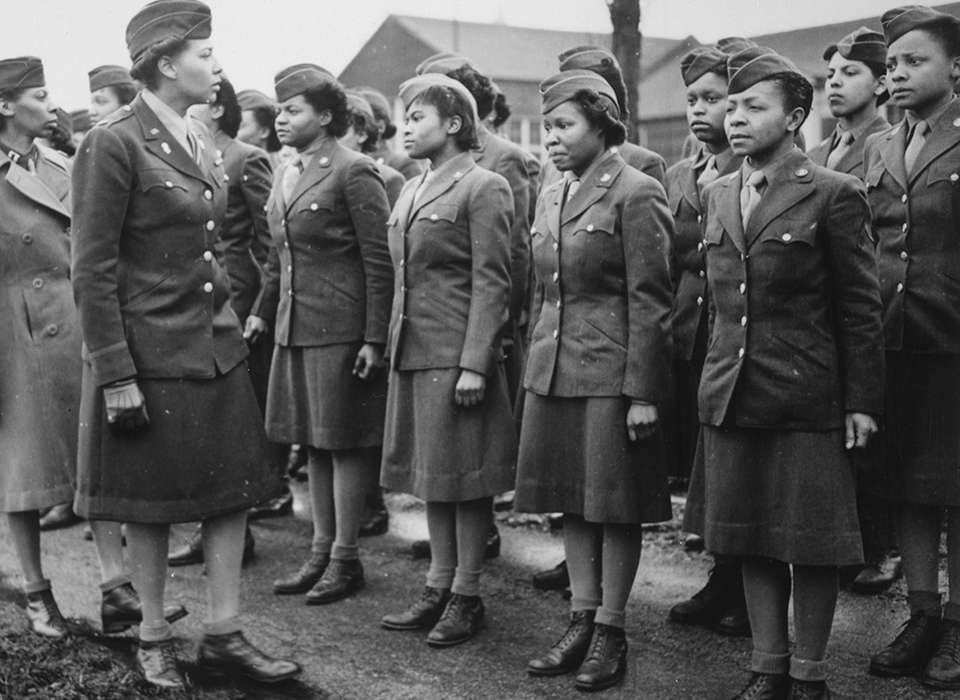![]()
37mm gun fires against cave positions in north face of volcano in support of RCT 28. (Lt. Col. Whitman S. Bartley, Historical Branch, USMC)
Iwo Jima was a porous, barren, sulfur-scented island, hundreds of miles away from Tokyo, Japan. Yet, for the Marines and sailors who ultimately defeated the entrenched Japanese imperial forces there, it was salvation. The Americans desperately needed the island to gain access to permanent air bases, crucial for bombing campaigns on the Japanese mainland, and critical for an Allied victory in the Pacific theater of World War II.
Indeed, the cost of this campaign was great – 6,800 American service members perished as a result of the fighting. The Japanese forces were prepared for the onslaught, creating extensive networks of caves and tunnels and setting traps for the invading American forces. Despite the fierce resistance, the American troops prevailed, and 21,000 Japanese forces, virtually the entire garrison on Iwo Jima, paid the ultimate price.
THE PHOTOGRAPH
There are only a handful of photographs in American history that are so iconic and instantly recognizable. The flag raising at Iwo Jima is perhaps one of the most emblematic and certainly embodied the United States fighting spirit in World War II. On the fifth day of the battle, Marines captured one of the most strategically important areas on the island – Mount Suribachi. A small flag was quickly raised, but it became apparent that a larger flag was needed to send a message to the
Views: 21



